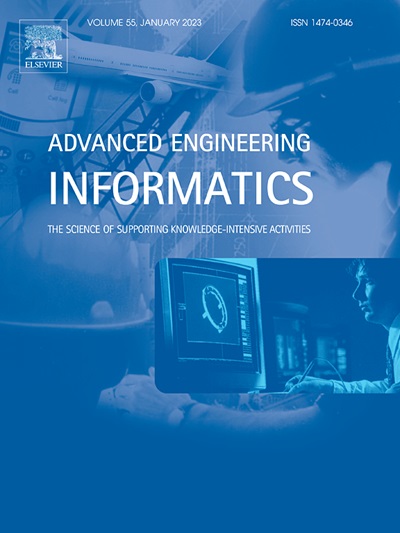A study on connectivity path search in fractured-vuggy reservoirs based on multi-agent system
IF 8
1区 工程技术
Q1 COMPUTER SCIENCE, ARTIFICIAL INTELLIGENCE
引用次数: 0
Abstract
Due to the complex and heterogeneous spatial structure of fractured-vuggy reservoirs caused by multiple tectonic movements, understanding inter-well connectivity paths is challenging. Explicit connectivity paths are crucial for designing injection and production schemes and enhancing oil recovery. Traditional methods often fail to adequately characterize geological structures, making it difficult to represent preferential pathways. This study proposes a novel algorithm that integrates seismic multi-attribute data and reinforcement learning to automatically search for 3D inter-well connectivity paths. A multi-agent deep reinforcement learning model based on actor-critic is employed, with each agent representing a flow direction in the multi-phase carbonate rock system. Game theory is used to identify connectivity paths that align with geological structures, while fluid flow laws are incorporated into the reward function to improve search accuracy. A multi-head self-attention mechanism is introduced to capture global state information and the correlation between fluid flows in different directions. Variational Bayesian estimation is utilized to improve search efficiency by leveraging prior geological data. The algorithm is applied to a typical oilfield in China, where it successfully identifies connectivity paths. The results are validated by comparing the identified paths with tracer concentration production curves, showing improved accuracy in representing the spatial distribution characteristics of the reservoir.
求助全文
约1分钟内获得全文
求助全文
来源期刊

Advanced Engineering Informatics
工程技术-工程:综合
CiteScore
12.40
自引率
18.20%
发文量
292
审稿时长
45 days
期刊介绍:
Advanced Engineering Informatics is an international Journal that solicits research papers with an emphasis on 'knowledge' and 'engineering applications'. The Journal seeks original papers that report progress in applying methods of engineering informatics. These papers should have engineering relevance and help provide a scientific base for more reliable, spontaneous, and creative engineering decision-making. Additionally, papers should demonstrate the science of supporting knowledge-intensive engineering tasks and validate the generality, power, and scalability of new methods through rigorous evaluation, preferably both qualitatively and quantitatively. Abstracting and indexing for Advanced Engineering Informatics include Science Citation Index Expanded, Scopus and INSPEC.
 求助内容:
求助内容: 应助结果提醒方式:
应助结果提醒方式:


